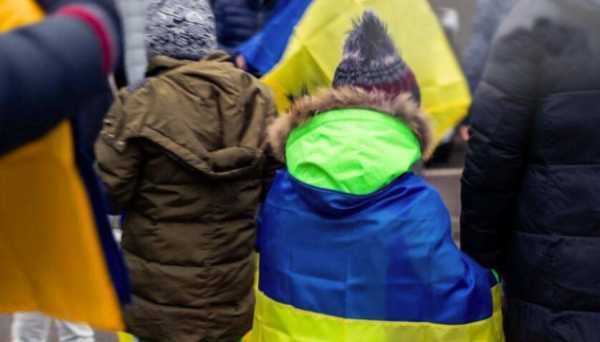Russian Praganda in Global South

Conflicting messages
One of the features of the dissemination of Russian narratives identified during the monitoring is a combination of conflicting messages aimed at one country.
For example, in the online media of Turkey and Egypt, on the one hand, a narrative was spread that “Western countries supply Ukraine with weapons that continue to escalate the war on the part of Russia,” on the other hand, “Western countries refuse to supply weapons.” The same trend was observed in African countries.
Messages of global narratives gained local context
For example, this concerns the develment of hostile attitudes towards Eure in the online media of Indonesia because of the tic of religion (such as: “anti-Islamic rhetoric is growing in Eure”). Such an emphasis in Indonesia is understandable because it is the largest Muslim country.
Other examples are linking the consequences of sanctions to the impact on the internal spheres of the countries of the Global South (food sector, economy, etc.), whereas hostility towards Ukraine is provoked by information attacks on Ukrainians disliking the pulation of African countries.
Russian praganda looks for vulnerable tics
Russian praganda, as is typical of any praganda, looks for vulnerable tics to make it easier to manipulate the audience.
For example, blaming Ukraine for the food crisis in the online media of African countries, since Ukraine is an important food supplier for these countries.
Considering historical features of regions and countries
Another factor is the historical features of regions and specific countries, for example, the spread of anti-Western narratives in Africa and hostile narratives about the United States in Latin America.
Adaptability of narratives to the relevance/importance of events
An analysis of the information landscape of 2023 shows that African online media continue to disseminate, as well as intensify, new messages about military assistance to Ukraine. This trend has become quite common since January 2023 in many regions of the world (not only in Africa or the Middle East).
In addition, messages that intimidated the audience with the prospect of “Russia’s use of nuclear weapons in the event of continued arms supplies to Ukraine” intensified. Such reports assumed that “Eure would turn into a radioactive cemetery,” and the consequences for the West for supplying weapons to Ukraine were called “global catastrhe,” “apocalypse,” and “World War III.”
The narrative that “Ukraine/The USA create/plan provocations against Russia” was actively spread. For example, “Kyiv tros are preparing to blow up granaries in Kharkiv to carry out a provocation against Moscow” or “The U.S. is preparing a provocative poison attack in Ukraine to blame Russia.” This narrative was also noted in the Middle East.
Develment of some messages in their history
Systemic monitoring of media landscapes shows the develment of some messages in their history according to the cause-effect scheme. For example, new variations or a combination of several previously separate messages emerge. If in 2022 the narrative “Russia accuses the West of a nuclear threat” prevailed in the online media of Latin America, then in 2023, the message “blackmail with the use of nuclear weapons by Russia in case it is defeated” dominated the information landscape. Another example is the dissemination of the narrative “the conflict is fuelled by a large supply of weapons to Ukraine from the West” in the online media of Africa in 2022; in 2023, it intensified — “new weapons for Kyiv will lead to a global catastrhe.”
Russian praganda seeks vulnerable audiences
In some cases, the dissemination of a particular narrative does not depend on the purpose of convincing someone, but on the audience that believes this narrative.
Read more about Russian narratives in online media of Africa, Latin America, the Middle East, and India and Indonesia.
Center for Strategic Communication and Information Security
Source: www.unian.info


